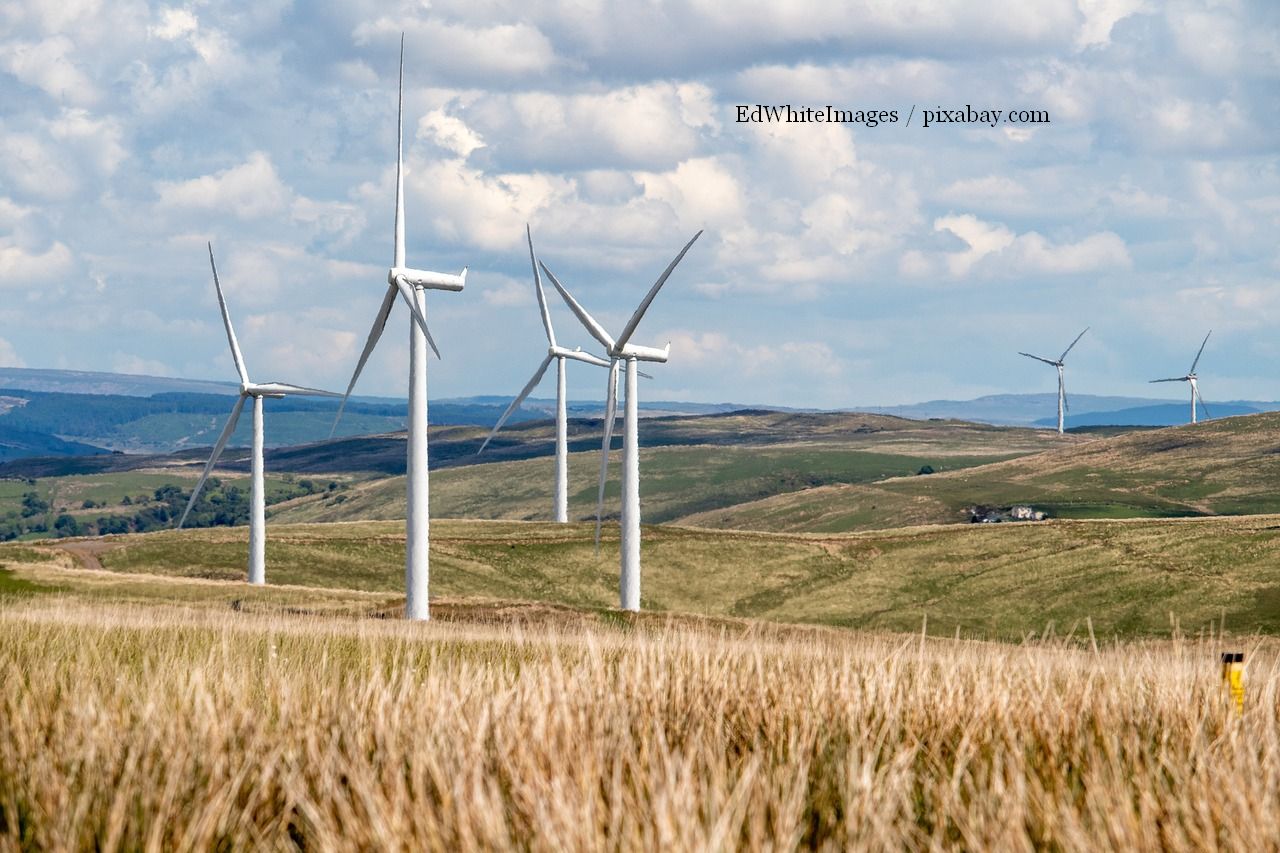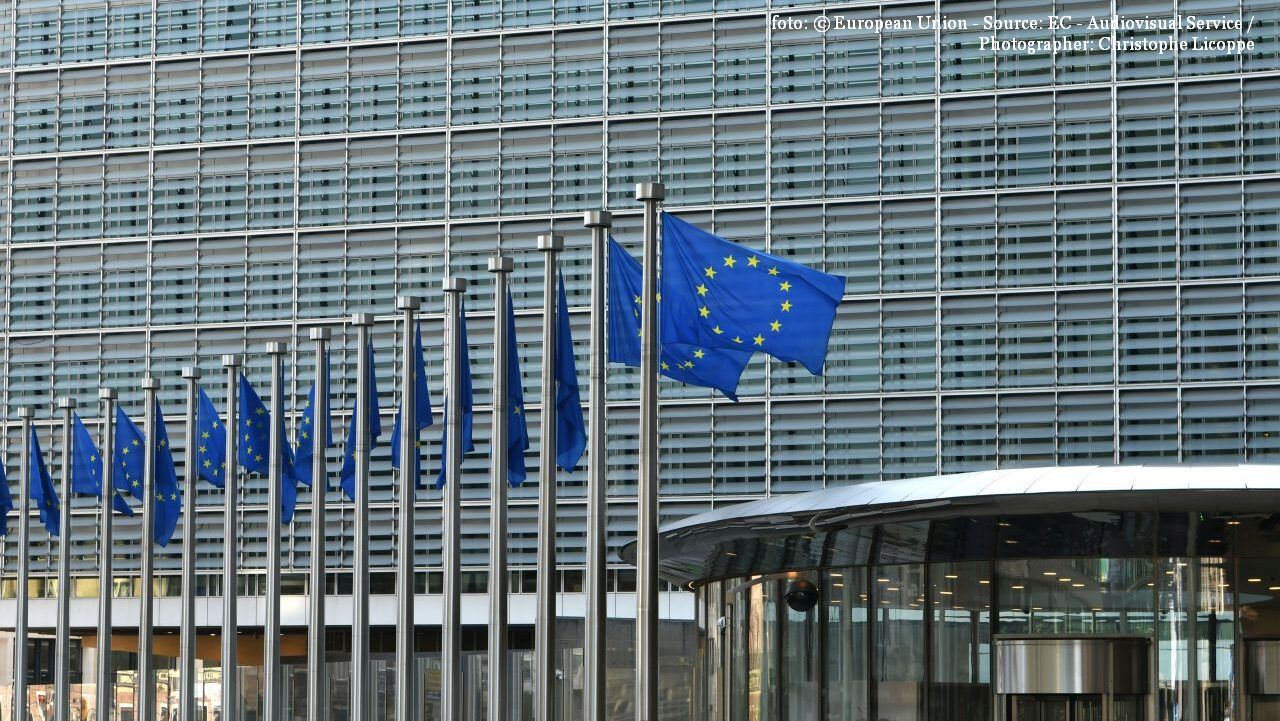Monetary policy and economic forecasts
The National Bank of Romania board has raised the annual monetary policy interest rate to 2.25% from 2%

Corina Cristea, 08.02.2018, 14:07
After maintaining the monetary policy interest rate at 1.75% for almost 1,000 days, the National Bank of Romania decided to raise it to 2% in the first meeting of its board this year, and now again, to 2.25%. This move has been expected by commentators and comes amidst rising inflation rates.
The level of the key interest rate is important mainly for the commercial banks that borrow from the National Bank, as well as for foreign investors who prefer countries with high interest rates to secure good returns. The National Bank governor Mugur Isarescu has explained that the measure is intended to reduce inflation so that the price rises do not affect the population and private companies.
He says the rise in the interest rate would most likely be followed by a rise in the ROBOR index that influences the level of interest rates for loans in the national currency, the Leu. The latter will become more expensive as a result, although only moderately so, the National Bank governor believes.
Experts say that if the monetary policy interest rate is too far behind the inflation rate, the exchange rate will come under pressure, and the Central Bank will have to step in by selling currency and taking out Romanian Lei from the market, steps that wouldn’t prevent the interest rate from rising anyway. If, however, the Central Bank reacts quickly to the rise in the inflation rate by raising the interest rate, the costs for the whole economy will be lower and volatility will diminish, as well as the costs of long-term loans.
The Central Bank governor also says the currency market functions well in Romania, the exchange rate is established by supply and demand and that the Central Bank cannot interfere with the currency exchange rate because that would affect the economic mechanisms.
On the same day as these measures were announced in Bucharest, the European Commission warned that the inflation rate had begun to rise in Romania in the second half of last year as a result of rising food and energy prices.
In its winter forecast, the Commission estimates that Romania’s growth rate will slow down to 4.5% this year and to 4% next year, following an accelerated growth rate of 6.7% in 2017. The World Bank has recently made similar estimates. Romania’s National Forecast Commission, however, announced on Monday that it revised our country’s GDP growth forecast up to 6.1% this year.






























